First Love – The Passover Puzzle
A puzzle becomes a clear and complete picture that only can be understood and fully enjoyed once the pieces are all in their proper places.
The story of Passover is like a puzzle. And yet, one of its important pieces is likely not even associated with the Feast of Passover.
As a reader of this blog is your mind already at work solving the puzzle? Are you perhaps expecting a quick foray into the prophetic picture to which the Passover lamb and its blood point?
There is, of course, a wonderful and beautiful prophetic picture in Passover. But before the lamb and the blood in the historical event in the Exodus, fulfilled in the Lamb of God, there was love.
Love is the key to Passover.
The Hebrew word for love is first found in Genesis 22.[1] In this chapter, God tells Abraham, “Take now your son, your only son, whom you love, Isaac, and go to the land of Moriah, and offer him there as a burnt offering on one of the mountains of which I will tell you.”[2]
This passage is key in our understanding of Passover. The first use of the word “love” in Scripture is used to show the love of a father for his son described as “his only son.” What follows in verses 2 through 14 is a picture of the purposeful love an all-involved God; the trust and faith of Abraham to obey God (even to the point of sacrificing his son); and the trust of his son Isaac who submitted to his father’s will.
As this story unfolds, in response to God’s command Abraham arises early and travels three days with his young son and two servants. Approaching Mount Moriah, Abraham instructs the servants to wait with the donkey. “I and the lad will go over there; and we will worship and return to you.” Abraham indicates his full intent is to get back home with Isaac still alive.
As they head for the mountain, Isaac takes inventory and engages his father in conversation. “Fire? Check. Wood? Check. Sacrificial lamb to offer? Um, Dad?”
Abraham showed absolute faith and trust in God by responding, “God will provide for Himself the lamb for the burnt offering, my son.”
God did indeed provide a substitute for Isaac, a “ram caught in a thicket.”[3]
Abraham was pointing ahead to a day when God would fulfill the prophetic foreshadowing of the substitutionary sacrifice.
We see a similar foreshadowing in the first Passover. The Israelites roasted their lambs and ate the meal together with herbs and unleavened bread as the LORD executed judgment on Egypt. He did not strike any household where the children of Israel resided because the lamb’s blood applied to the doorposts and lintels served as a sign of their obedient faith. God’s judgment did “pass over” that house.
The blood of the lamb spared them from judgment – another piece in our “Passover puzzle.”
So, how do these pieces fit together?
We find the “love” and “blood of the lamb” pieces start to come together early in John’s Gospel.[4] A prophet named John is baptizing people in the Jordan River, preparing the way for the Messiah to come.[5] John sees Jesus of Nazareth approaching and says, “Behold, the Lamb of God who takes away the sin of the world!”[6]
The first mention of love in the Hebrew Bible, foreshadowing God’s provision of a substitutionary sacrifice, now finds its fullest meaning in an astounding text in John 3. Messiah Jesus says to one of the leading rabbis of Israel, “For God so loved the world that He gave His only begotten Son, that whoever believes in Him, shall not perish but have eternal life.”[7]
Yes, “love” is the first key to understanding the true fulfillment of Passover. God’s judgment of death is averted. In His love, God grants the gift of life through the blood of the lamb.
One of the disciples of Jesus said it this way: “In this is love, not that we loved God, but that He loved us and sent His Son to be the propitiation for our sins.”[8] [9]
Our heavenly Father did not spare His own Son, but freely gave Him up for us all.[10] “Behold what manner of love the Father hath bestowed upon us, that we should be called the sons of God!”[11]
Chag Pesach Sameach! Happy Passover!
Written by Jeff, LIFE Staff
This Passover season we encourage you to check out www.insearchofshalom.com to learn more about how Jesus fulfilled biblical prophecies of sacrificial love and the substitutionary blood of the Lamb.
We pray God will give you the kind of faith demonstrated by Abraham and Isaac on Mount Moriah, as well as the Jewish people who believed and obeyed God in applying the blood to their doors back in Egypt. It is the object of our faith (the Lord Jesus) more than the amount of our faith that makes the difference!
Footnotes:
[1] Genesis 22:2 Hebrew word ahava from the root ahav “to love” (affection based on a close relationship).
[2] Genesis 22:1-2.
[3] Genesis 22:13-14.
[4] The Gospel of John is the fourth book of the New Testament.
[5] John 1:19-28; Isaiah 40:1-10.
[6] John 1:29.
[7] John 3:16.
[8] 1 John 4:10.
[9] For further insight into the idea of reconciliation with God through atonement, see Romans 3:25; Hebrews 9:5; Exodus 25:17; 21.
[10] Romans 8:32.
[11] 1 John 3:1.

